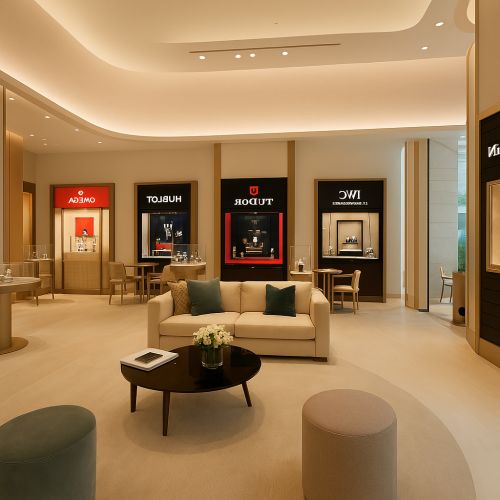Orchestra At School: Orchestra Classes In 5 Questions
Forming an orchestra with students who have never played an instrument is the principle of orchestra classes. In addition to musical education, this type of educational project, developed by the association Orchestre à l'école, helps improve students' academic performance and behavior.
1- What is an orchestra class?
More than 1500 orchestra classes have emerged throughout France since the creation of this initiative. This educational project is developed by the association "Orchestre à l'école" (see the link below).
It involves forming an orchestra with students who, for the most part, have never played an instrument before.
The experience generally lasts for 3 years:
• either in primary school from CE2 to CM2
• or in middle school from 5th grade to 3rd grade.
2- How does an orchestra class work?
Students in orchestra classes are provided with a musical instrument free of charge, which they can take home to practice.
For three years, they receive 2 additional hours of music instruction per week:
• 1 hour of instrumental lessons with a teacher for piano, guitar, etc.
• 1 hour in a group (the actual "orchestra class").
As part of this educational project, students are also encouraged to perform in front of an audience.
3- Who participates in the class orchestra project?
Each school orchestra is a project that is both musical and educational lasting 3 or 4 years for the hosting school. However, in reality, the partners of this project are not limited to the staff of the institution, whether it be a primary school or a middle school. They are much more numerous.
Each orchestra class is a territorial project based on a partnership between a school, a specialized music education structure, and a local authority at the very least.
Teachers from the National Education system collaborate with those from music schools or conservatories who come to teach two hours per week within the schools.
It should also be noted that each orchestra is unique, as it relies on the desires and skills of local actors. The instruments that compose it often reflect the local culture, such as a bagad in Brittany or guitars in Camargue, for example...
4- What are the advantages of this educational project?
Since the creation of this program in 1999, more than 155,000 students across France have had their lives transformed by participating in an orchestra class. Orchestra classes, of course, allow students to learn to play an instrument and democratize music education. But this is far from their only objective.
This educational project yields several positive results:
• It restores confidence in students facing academic and/or personal difficulties.
• It creates group cohesion.
• It provides (to students as well as outsiders) a positive image of the institution.
• It improves students' academic performance and behavior.
Through the collective practice of music within an orchestra, students learn to listen to and respect others. Children struggling academically have the opportunity to prove their worth and find their place within the group.
Because this program is entirely free for families, it gives all students equal access to music education, with all the benefits that come with it on an academic, social, cultural, and even cognitive level.
The school orchestra is therefore a winning pedagogy to motivate students, help them flourish, and consequently, combat academic failure.
5- Where can one listen to the orchestra classes?
The association Orchestre à l'école provides cultural exposure to children and their families, especially since students in orchestra classes have the opportunity to meet renowned artists and play alongside them in prestigious venues.
One of the association's ambassadors, the cellist Gautier Capuçon, performs every summer with the orchestra classes during the traveling festival Un été en France.
This free festival, which I had the chance to attend in July 2024 in Nice, is a wonderful opportunity to discover the work of an orchestra class. The children, accompanied by the famous cellist, give free concerts, without reservation, in public and outdoor places such as parks, gardens, or village squares. You can find more information on the website: https://www.societegenerale.com/fr/un-ete-en-france.








